Tax season officially begins next Thursday with the presentation of the 2018 Non-Tax Supported Operating Budget, the 2018 Capital Budget, and the 2019-2027 Capital Forecast. Take heed, this there will only be a one week break between when this is presented, and when council votes on it.
CON-2017.47 2018 Non-Tax Supported Operating Budget - This budget covers Stormwater Services, Court Services, Ontario Building Code Administration, Water Services, and Wastewater Services. These departments are funded through fees and rates, and not from property taxes, which fund much of the regular operating budget receives money from. Compensation, energy costs, infrastructure and growth are the four strains on this budget for 2018.
Let's start with Stormwater Services, where the monthly charge will increase by $0.60, meaning that your annual bill will see a bump from $48 to $55.20 (on the bright side, we're still the second cheapest for Stormwater fees after Newmarket). Among the changes for 2018 is a $1.5 million increase in the transfer to the capital reserve, a $385,747 increase for the corporate locates program (which instals markers to denote underground utility lines), and a $330,000 increase to the credit and rebate program. Stormwater is also expecting to make $1.8 million in revenue this year due to growth.
Court Services is coming off a good year collecting $250,000 more in revenue using collection agencies, and saving $9,700 by moving to online payments. For 2018, Court Services will see a $108,700 decrease in Provincial Offences Act (POA) fine revenue (meaning fines not collected), but there's also a $25,804 decrease in overall expenditures. There will however be a $129,700 increase in the transfer from the collections budget from parking tickets to Bylaw thanks to that increase in revenue.
Over in Building Code, their big thing is having to account for losing 25 per cent of their team as they retire over the next five years. Money-wise, they're looking at a $350,000 increase in revenue because of historical trends and the adjustment to building permit fees passed by Committee-of-the-Whole back in May.
With Water and Wastewater, they're forecasting a 1.4 and 0.9 per cent year-to-year decrease in consumption for water and wastewater respectively, and that's thanks to efficient building and conservation programs. Water will be looking to three new environmental assessments, the re-coating of the Verney Water Tower, and the acceleration of the Water Meter Replacement program in 2018. Wastewater, meanwhile, will see a $200,000 increase in revenue from industrial customers that do not meet the sewer use bylaw agreements, and a $165,700 decrease in water and electricity costs thanks to collaboration with the City's Climate Change Office. Otherwise, these departments are staying the course.
CON-2017.48 2018-2027 Capital Budget and Forecast - This year's capital budget will aim to start reorganizing things to make sure all of the City's capital projects are accounted for and paid for in a single document. If all goes according to plan, this will be the last year that staff deliver an unfunded 10-year capital forecast, and starting in 2019 the forecast will be funded. As for 2018, the priority will be on existing assets, health and safety, critical future needs, and legislative requirements.
The capital budget is obviously broken down into various sectors, so let's start with the corporate programs, AKA: things focused on the administrative operation of the City in order to deliver effective services and guidance. For 2018, that will cost $6.6 million, which will include facilities management or making sure that city buildings are accessible, energy efficient and in good working condition. It will also cover life cycle and asset management, environmental initiatives, a zoning bylaw review, and an Official Plan review.
There's also $2.6 million for contamination sites, or brownfields. There are 43 city-owned properties and roads that are confirmed contaminated, or may be contaminated, and remediating these sites could coast up to $30 million. This money goes to data management of the sites, due diligence, Phase 1 Environmental Assessments, and the management of the physical sites.
Then there's $6.7 million for Downtown Implementation, which includes the business case for the new library main branch, the design phase of upper Wyndham reconstruction, planning and studies for the Baker District Redevelopment, and reinvestment in the existing parking system.
Economic development is also in the mix for $625,000 for environmental monitoring programs, and for the Prosperity 2030 program, an extension of the Prosperity 2020 program which aims to promote “a diverse and prosperous local economy.”
For Parks and Open Spaces, the capital budget puts aside $5.1 million, which will go to nine new sets of playground equipment, splash pad designs for Norm Jary Park and Hanlon Creek Park, implementation of leash free areas, a new track at St. James School, and the new Cedarvale Park at Cedarvale Ave near Grange and Bradson. Along with Parks there's Recreation, and that one will get $2.2 million for library upgrades (more self checkout!), new theatrical equipment, and equipment replacements and upgrades at rec facilities.
The capital budget then recommends $6.46 million for Transit, which staff tells us is necessary because "without these investments, the system risks failures which may cause delays, resulting in poor customer service." This money will cover the City's portion of the Public Transit Infrastructure Funding (PTIF) from the feds, new mobility buses, and bus stop upgrades.
Improvements to Solid Waste will account for a $3.7 million in the capital budget, which will go for security upgrades, equipment replacement at the Waste Resource Innovation Centre, and upgrades to software and the public drop-off scale.
In brief, Stormwater Management will get almost $1.3 million, Transportation (road building and maintenance, not buses) will get $5.7 million, Water will receive $15.3 million, and Wastewater will get $9.7 million. Emergency Services (which includes police, fire, and paramedics) will get $3.5 million for new vehicles, equipment, and facilities, and the implementation of the Transportation, Cycling, and Trails Master plans, along with the Sidewalk Needs Assessment, will get $1.2 million.









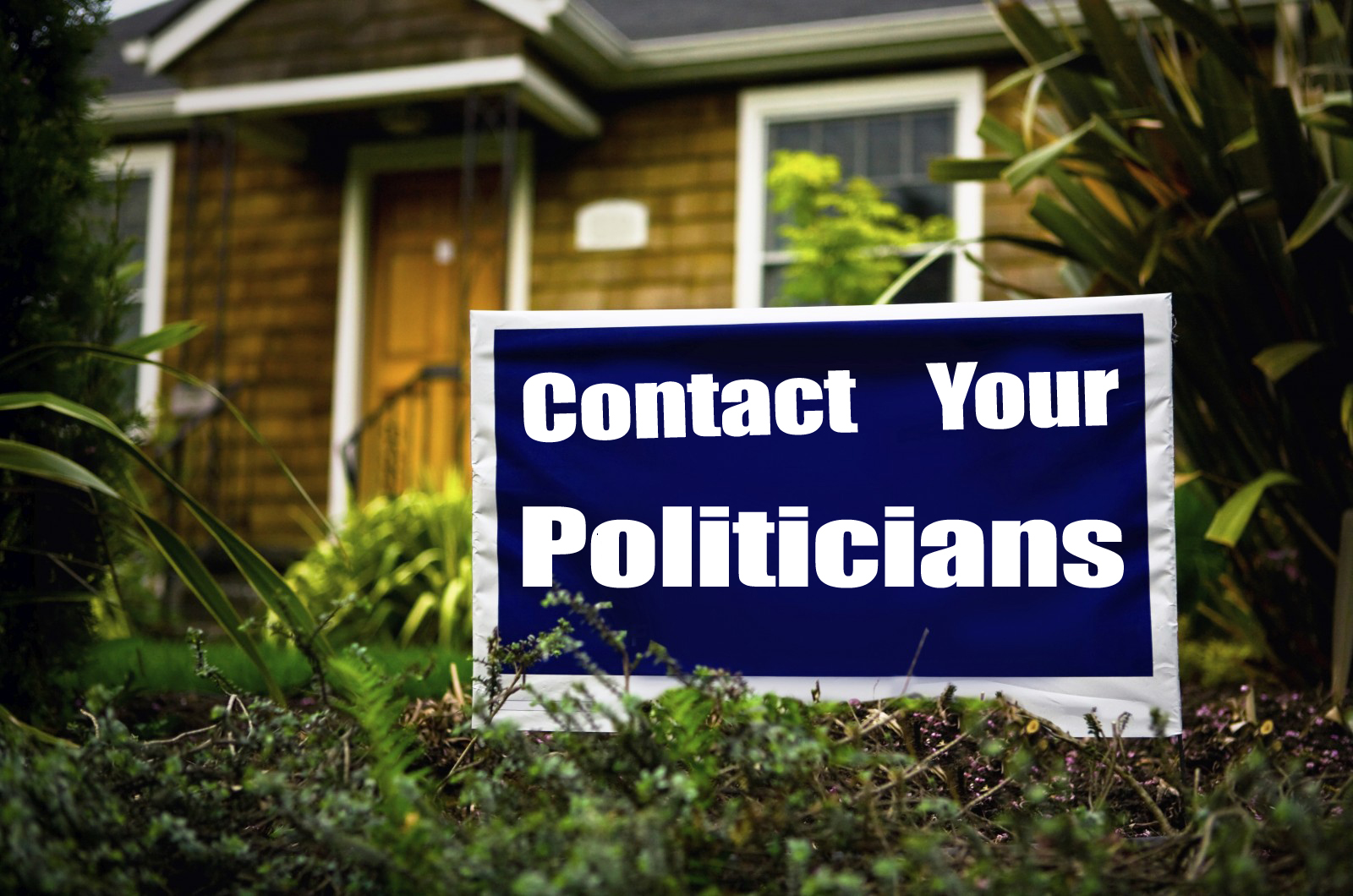




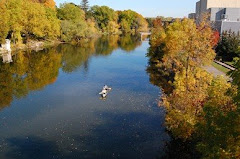
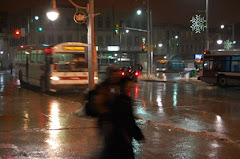

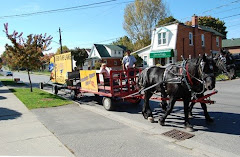
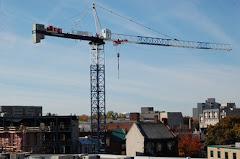
No comments:
Post a Comment